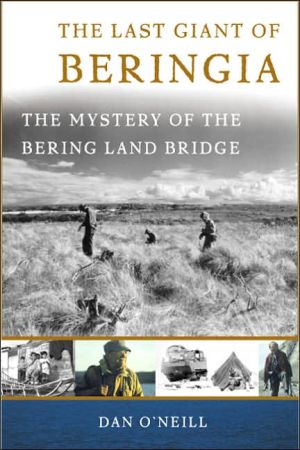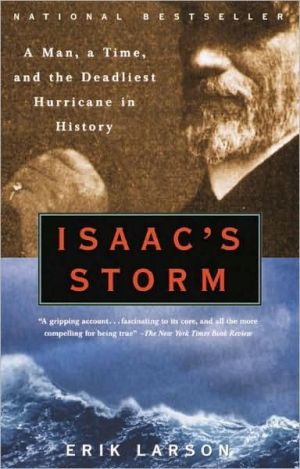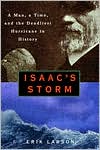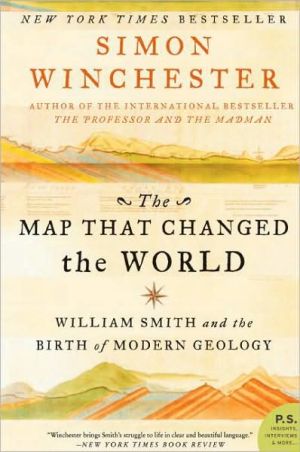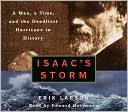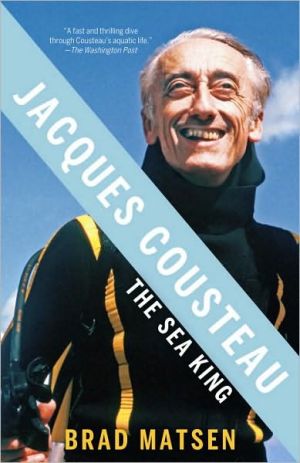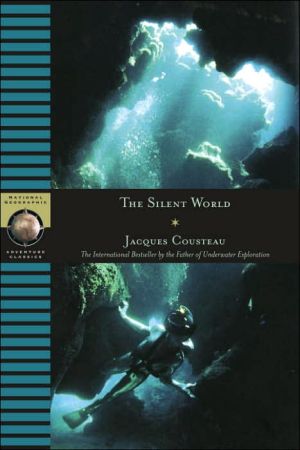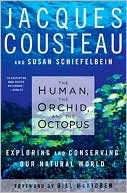The Last Giant of Beringia: The Mystery of the Bering Land Bridge
The intriguing theory of a land bridge linking Siberia and Alaska during the coldest pulsations of the Ice Ages had been much debated since the idea was first proposed in 1589. But proof of the land bridge-now named Beringia after eighteenth-century Danish explorer Vitus Bering-eluded scientists until an inquiring geologist named Dave Hopkins emerged from rural New England and set himself to the task of solving the mystery. This compelling blend of science, biography, and history follows the...
Search in google:
The captivating story of how geologist Dave Hopkins led the scientific world in proving the existence of the vanished land bridge that once connected Siberia to the New World during the Ice Ages Publishers Weekly This is a short but compelling history of a major event in recent geological studies: the final proof in the early 1970s of the onetime existence of the Bering Land Bridge, a long-surmised strip of land that connected North America and Asia in the Ice Age, possibly as early as 14,000 years ago. Starting with the work of a Jesuit missionary in 1589, but focusing on natural historian Dave Hopkins, Alaskan historian O'Neill (The Firecracker Boys) gives an impressive presentation of the 400-year-old debate over Beringia, the name now commonly given to the land bridge over which early humans would have crossed eastward. But O'Neill is equally interested perhaps more so in paying tribute to Hopkins, the scientist whose pioneering archeological and geological studies defined Beringia as a distinctive area and ecosystem and who shaped the direction of modern Arctic studies. Starting with the influence of Hopkins's nature-loving New England mother, O'Neill charts what became a life of "searching for clues of ancient landscapes." He gives clear and compelling summaries of Hopkins's most important work, from his early discovery that deep spots in the Bering Strait were actually canyons and fragments of ancient river valleys, to his final landmark studies indicating that the ecological conditions of the land bridge would have been able to support herds of grazing animals, conditions that also would have permitted the land bridge to be inhabited by humans. This is an impressive portrait of Hopkins, a scientific "giant" whose legacy is as huge as the woolly mammoths that he showed to have ranged throughout Beringia. Agents, Anna Cottle and Mary Alice Kier. (May) Copyright 2004 Reed Business Information.
1The toast of Khabarovsk12The ice age113Hebe's son194Calling375Fieldwork in Arctic Alaska516Something going on777Giddings838A simultaneous equation1099Writing the Bible11710The productivity paradox12711Mammoth fauna13912Soil from maars15113The first Americans16314The first of the first17715The last of the last185Afterword197Bibliographic notes201Acknowledgments219Index223
\ Publishers WeeklyThis is a short but compelling history of a major event in recent geological studies: the final proof in the early 1970s of the onetime existence of the Bering Land Bridge, a long-surmised strip of land that connected North America and Asia in the Ice Age, possibly as early as 14,000 years ago. Starting with the work of a Jesuit missionary in 1589, but focusing on natural historian Dave Hopkins, Alaskan historian O'Neill (The Firecracker Boys) gives an impressive presentation of the 400-year-old debate over Beringia, the name now commonly given to the land bridge over which early humans would have crossed eastward. But O'Neill is equally interested perhaps more so in paying tribute to Hopkins, the scientist whose pioneering archeological and geological studies defined Beringia as a distinctive area and ecosystem and who shaped the direction of modern Arctic studies. Starting with the influence of Hopkins's nature-loving New England mother, O'Neill charts what became a life of "searching for clues of ancient landscapes." He gives clear and compelling summaries of Hopkins's most important work, from his early discovery that deep spots in the Bering Strait were actually canyons and fragments of ancient river valleys, to his final landmark studies indicating that the ecological conditions of the land bridge would have been able to support herds of grazing animals, conditions that also would have permitted the land bridge to be inhabited by humans. This is an impressive portrait of Hopkins, a scientific "giant" whose legacy is as huge as the woolly mammoths that he showed to have ranged throughout Beringia. Agents, Anna Cottle and Mary Alice Kier. (May) Copyright 2004 Reed Business Information.\ \ \ \ \ KLIATTMost people have some hazy knowledge that a bridge of dry land once connected Alaska with Siberia across the Bering Strait, and that great woolly mammoths made their way across it to the American continent. Scientists assigned the name Berengia to the long-ago isthmus. But few are aware of the great size of the land bridge--nearly 1,000 miles wide--or that it has disappeared and reappeared repeatedly over the ages, or that the exchange of Pleistocene animals ran in both directions. But for Berengia, for instance, the horse would have become extinct eons ago. As fascinating as this remote crossroads between the continents may be, the story of the American geologist who set out actually to prove the long-held presumption is even more so. Dave Hopkins was one of those captivating intellects who come along every once in a while, and fire the public's imagination. Hopkins was highly intelligent, decidedly eccentric, and almost compulsively inquisitive about everything that crossed his path. In explaining this man and his work, author Dan O'Neill takes the reader back to his subject's childhood and upraising, which show how parents with a deep curiosity about the world around them can guide a rambunctious kid into the intellectual heights. By the end of his career, Hopkins had invoked the tools of geography, climatology, biology and anthropology to pull together a convincing picture of this lively corner of our restless globe. Author O'Neill is, fittingly, a prize-winning historian of Alaska, and his writing skills are fully up to his subject. This popular history is accessible to high school and adult readers. KLIATT Codes: SA--Recommended for senior high school students, advanced students,and adults. 2004, Basic Books, 231p. illus. bibliog. index., Ages 15 to adult. \ —Raymond Puffer, Ph.D.\ \
